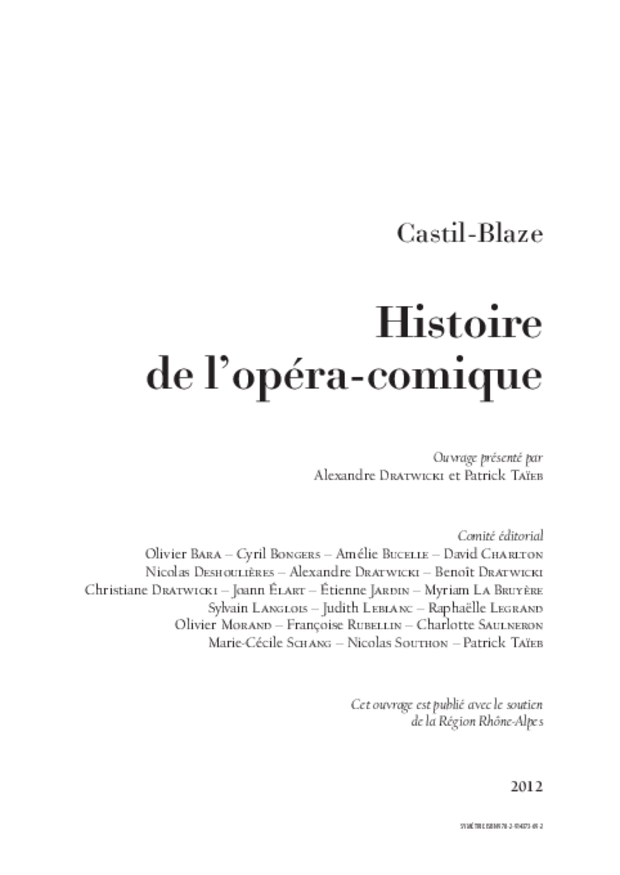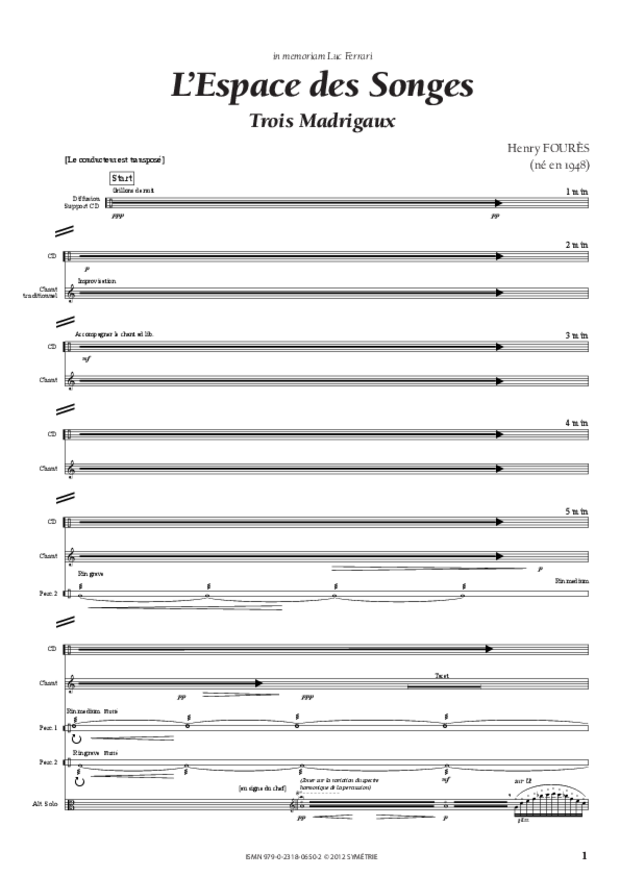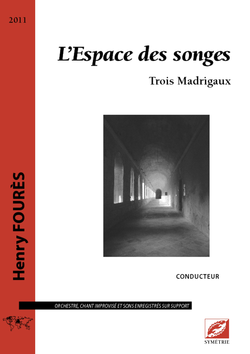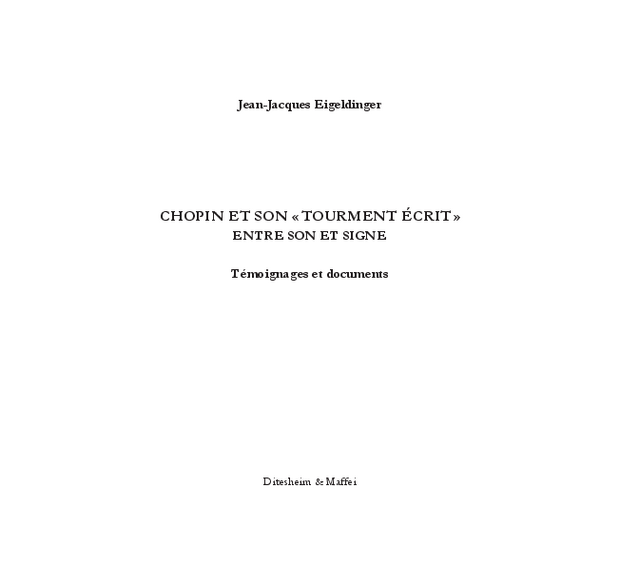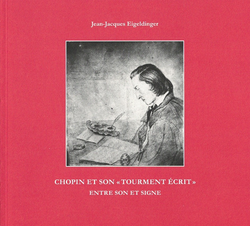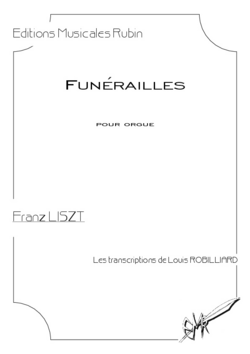During the French Revolution, the Consulate and the Empire, Méhul may have been the only major French composer to fully understand and assimilate the latest perfections of the music in his times. Taught by a German then an Alsatian, he aimed while writing his symphonies to demonstrate “that a French man can follow by far Haydn and Mozart”. Haydn was Méhul’s greatest model: as a freemason, he was a member of the Concert de la Loge olympique, that commissioned the Viennese master, then so popular in France, the six Parisian Symphonies. In 1807 at the height of his art, and thus serving the opéra-comique, Méhul ensured the mutual fertilization of the French and German musics and of his own orchestral genius. The discovery of Beethoven’s first two symphonies was a shock leading him three years later to compose his five symphonies.
The first symphony in G minor immediately strikes by this double observation: first of all, the formal command, and the economy of implemented means— a remarkable feature for a composer said to be noisy (no trumpets, no trombones, rare use of timpani) —at the service of an obvious expressive force. The first movement is an allegro in the form of a 2-theme sonata; the first theme, with large dramatic intervals and arpeggios, contains in an accompanying formula of the basses, the base material (an upbeat on an ascending tetrachord) of the second theme, exposed in B flat major. After the development curiously enough this second theme is the first to be re-exposed in G Major; it is a frequent inversion process with Méhul, enabling the movement to end with all the dramatic force of the first theme. The second movement is an andante, whose contrasted variations clearly show Haydn’s influence on Méhul.
About this symphony Schumann wrote in 1838: “the resemblance of the last movement with the first movement of Beethoven’s Symphony in C minor, and of the two scherzi of these two symphonies is remarkable”. In fact, Beethoven’s 5th Symphony and Méhul’s First Symphony were written at about the same time, and therefore do not owe anything to each other. If the minuet in Méhul’s symphony (whose first part is only played by string pizzicati) is a “Beethovenian” scherzo in spirit, it is not in the letter of the 5th Symphony. On the other hand, one can better understand how the main theme of the 4th movement (allegro agitato), an upbeat of 3 repeated quavers, struck Schumann. This theme is a moto perpetuo with an embroidery of the dominant, typical of Méhul’s style. The second theme, more melodic, short and repetitive, maintains the dramatic tension running through the entire movement till the end.
François Bernard
(translation Philippe Do)
Sommaire
- I. Allegro
- II. Andante
- III. Allegro moderato
- IV. Allegro agitato
Audio Excerpts

I. Allegro
II. Andante
III. Allegro moderato
IV. Allegro agitato
Panorama de presse
Jouer les symphonies de Méhul relevait, jusqu’à une époque récente, du parcours du combattant. On ne disposait que de matériels anciens, reproduits dans des conditions précaires, souvent difficiles à lire et bourrés de fautes. […] Les choses changent enfin avec notamment une nouvelle édition Urtext de la Symphonie n° 1 de Méhul établie par François Bernard chez Symétrie.
Alain Pâris, La Lettre du musicien
Sa magnifique première symphonie notamment, composée dans les années 1808 et 1809, autant brillante qu’originale, perpétue avec brio la tradition de qualité de la musique symphonique française créée par François-Joseph Gossec, comme le feront plus tard Hector Berlioz, César Franck, Camille Saint-Saëns et Ernest Chausson.
Nomenclature
2 flûtes, 2 hautbois, 2 clarinettes, 2 bassons, 2 cors, timbales, cordes
All available forms
-
sheet music pour orchestre
-
matériel (2.2.2.2. – 2.0.0.0. –timb - 10.8.6.5.4)
2 flûtes, 2 hautbois, 2 clarinettes, 2 bassons, 2 cors, timbales, cordes · 25 min · 21 x 29.7 cm · stapled booklet · 92 pages · ISMN 979-0-2318-0430-0
Publisher : Symétrie
on hire
-
conducteur de lecture au format A4
ISMN 979-0-2318-0429-4
Publisher : Symétrie
Price : €41.00
-
conducteur de direction au format A3
29.7 x 42 cm · spiral booklet · ISMN 979-0-2318-0871-1
Publisher : Symétrie
Price : €67.00
-
